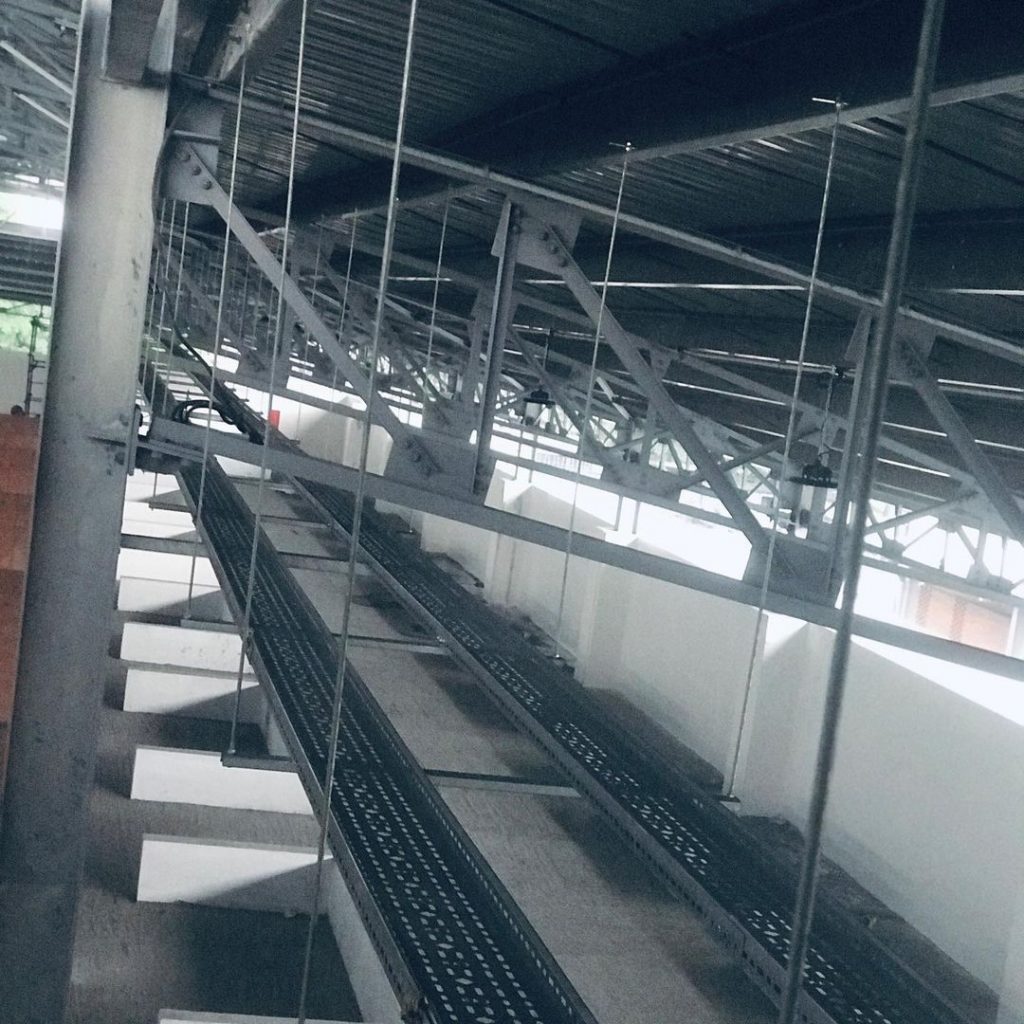

Mechanical, electrical and plumbing (MEP) Installations
MEP engineering is the science and art of planning, designing and managing the MEP systems of a building. As An MEP design and Installation company we specialize in these skills. We also offer mechanical, electrical, and plumbing engineering consulting, which are important across all stages of the construction process.
Mechanical, electrical and plumbing (MEP) refers to the installation of services which provide a comfortable space for the building occupants. In residential and commercial buildings, these elements are often designed by a specialized MEP engineering firm. One which BOT ENGINEERING CO LTD belongs to, the part of Mechanical in the overall MEP system is almost 70% of the total work. MEP’s design is important for planning, decision-making, accurate documentation, performance- and cost-estimation, construction, and operating/maintaining the resulting facilities.
We specifically encompass the in-depth design and selection of these systems, as we have a team of MEP engineers equipped with the needed skills to research the best design according to the principles of engineering, and deliver installations with required and appropriate specifications. As a result, our engineers working in the MEP field possess sizeable understanding of a broad range of disciplines, including dynamics, mechanics, fluids, thermodynamics, heat transfer, chemistry, electricity, and computers to also Maintain documentation of MEP services may also require the use of a geographical information system or asset management systems.
Mechanical
The mechanical component of MEP is an important superset of HVAC services. Thus, it incorporates the control of environmental factors (psychometrics), either for human comfort or for the operation of machines. Heating, cooling, ventilation and exhaustion are all key areas to consider in the mechanical planning of a building. In special cases, water cooling/heating, humidity control or air filtration may also be incorporated. For example, Google’s data centres make extensive use of heat exchangers to cool their servers. This system creates an additional overhead of 12% of initial energy consumption. This is a vast improvement from traditional active cooling units which have an overhead of 30-70%. However, this novel and complicated method requires careful and expensive planning from mechanical engineers, who must work closely with the engineers designing the electrical and plumbing systems for a building.
A major concern for people designing HVAC systems is the efficiency, i.e., the consumption of electricity and water. Efficiency is optimised by changing the design of the system on both large and small scales. Heat pumps and evaporative cooling are efficient alternatives to traditional systems; however, they may be more expensive or harder to implement. The job of an MEP engineer is to compare these requirements and choose the most suitable design for the task.
Electricians and plumbers usually have little to do with each other, other than keeping services out of each other’s way. The introduction of mechanical systems requires the integration of the two so that plumbing may be controlled by electrics and electrics may be serviced by plumbing. Thus, the mechanical component of MEP unites the three fields.
Plumbing
We offer Competent design of plumbing systems to prevent conflicts with other trades, and to avoid expensive rework or surplus supplies. Our scope of standard residential plumbing usually covers mains pressure potable water, heated water (in conjunction with mechanical and/or electrical engineers), sewerage, stormwater, natural gas, and sometimes rainwater collection and storage.
In commercial environments, these distribution systems expand to accommodate many more users, as well as the addition of other plumbing services such as hydroponics, irrigation, fuels, oxygen, vacuum/compressed air, solids transfer, and more.
Our Plumbing systems also service air distribution/control, and therefore contribute to the mechanical part of MEP. Plumbing for HVAC systems involves the transfer of coolant, pressurized air, water, and occasionally other substances. Ducting for air transfer may also be consider plumbing.
High voltage electricity refers to electrical potential large enough to cause injury or damage. In certain industries, high voltage refers to voltage above a certain threshold. Equipment and conductors that carry high voltage warrant special safety requirements and procedures.
High voltage is used in electrical power distribution, in cathode ray tubes, to generate X-rays and particle beams, to produce electrical arcs, for ignition, in photomultiplier tubes, and in high-power amplifier vacuum tubes, as well as other industrial, military and scientific applications.
Definition
IEC voltage range | AC RMS | DC voltage (V) | Defining risk |
High voltage | > 1,000 | > 1,500 | |
50 to 1,000 | 120 to 1,500 | ||
< 50 | < 120 | Low risk |
The numerical definition of high voltage depends on context. Two factors considered in classifying a voltage as high voltage are the possibility of causing a spark in air, and the danger of electric shock by contact or proximity.
The International Electrotechnical Commission and its national counterparts (IET, IEEE, VDE, etc.) define high voltage as above 1000 V for alternating current, and at least 1500 V for direct current.
Our Electricians are licensed for particular voltage classes as recommended
Electrical license for a specialized sub-trade such as installation of HVAC systems, fire alarm systems, closed circuit television systems may be authorized to install systems energized up to only 30 volts between conductors, and may not be permitted to work on mains-voltage circuits.
Voltages over approximately 50 volts can usually cause dangerous amounts of current to flow through a human being who touches two points of a circuit, so safety standards are more restrictive around such circuits.
In automotive engineering, high voltage is defined as voltage in range 30 to 1000 VAC or 60 to 1500 VDC.[5]
The definition of extra-high voltage (EHV) again depends on context. In electric power transmission engineering, EHV is classified as voltages in the range of 345,000– 765,000 V.[6] In electronics systems, a power supply that provides greater than 275,000 volts is called an EHV Power Supply, and is often used in experiments in physics. The accelerating voltage for a television cathode ray tube may be described as extra-high voltage or extra-high tension (EHT), compared to other voltage supplies within the equipment. This type of supply ranges from 5 kV to about 30 kV.

